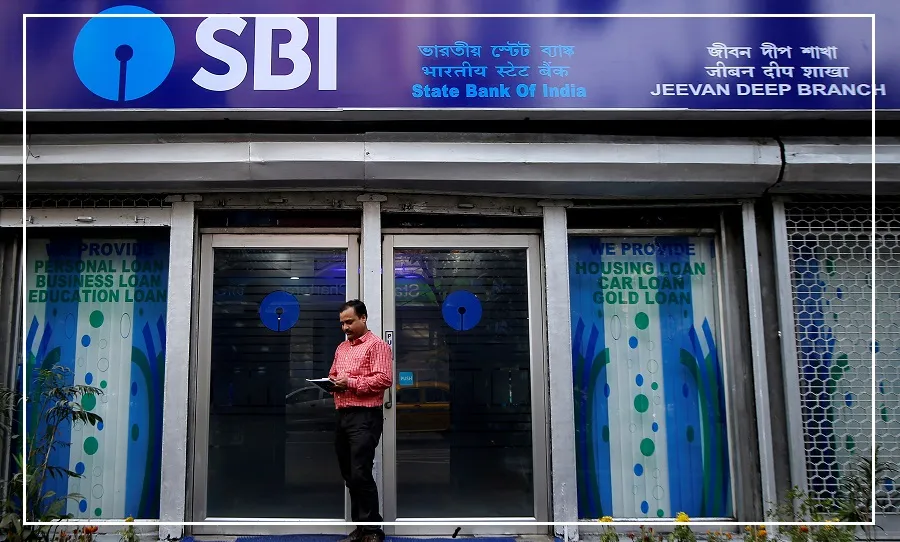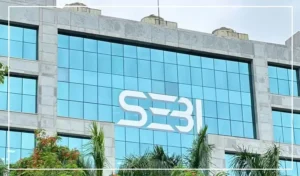Banks’ New Domain: With digital payments becoming more popular, the number of net banking users has also grown rapidly. If you use net banking, this update is important for you.
The Reserve Bank of India (RBI) has directed banks to shift their net banking websites to a new domain: ‘.bank.in’.
This move is part of RBI’s strategy to reduce fraud in digital transactions. Banks have been asked to complete this shift by October 31, 2025.
The main goal is to make digital banking more secure and prevent online fraud.
What Is the New Rule?
In a circular issued on February 7, 2025, RBI instructed all banks to transfer their existing websites to the new ‘.bank.in’ domain.
This decision was taken to increase cybersecurity and protect users from rising cases of fraud in online banking.
The new domain is meant to build greater trust in digital banking platforms.
Why Is the ‘.bank.in’ Domain Important?
The ‘.bank.in’ domain is reserved only for banks, which makes it more trustworthy. It helps protect users from:
Fake websites
Phishing attacks (where fraudsters trick you into giving personal information)
Right now, scammers create fake bank websites that look real. With the new domain, it will be easier for people to identify genuine bank websites, making online banking safer.
RBI believes this step will boost public confidence in digital banking and payments.
How Will Banks Make the Shift?
The task of managing the new domain has been given to the Institute for Development and Research in Banking Technology (IDRBT).
The National Internet Exchange of India (NIXI) has appointed IDRBT as the registrar for the ‘.bank.in’ domain.
The entire process will be carried out under the guidance of the Ministry of Electronics and Information Technology (MeitY).
Banks will need to contact IDRBT to understand how to move their websites to the new domain. IDRBT will guide them through each step of the process.
So if you use net banking with SBI, HDFC, ICICI, PNB, or any other bank, expect to see a new website address ending in “.bank.in” by the end of October 2025.
This change is aimed at making your online transactions safer and more reliable.

























